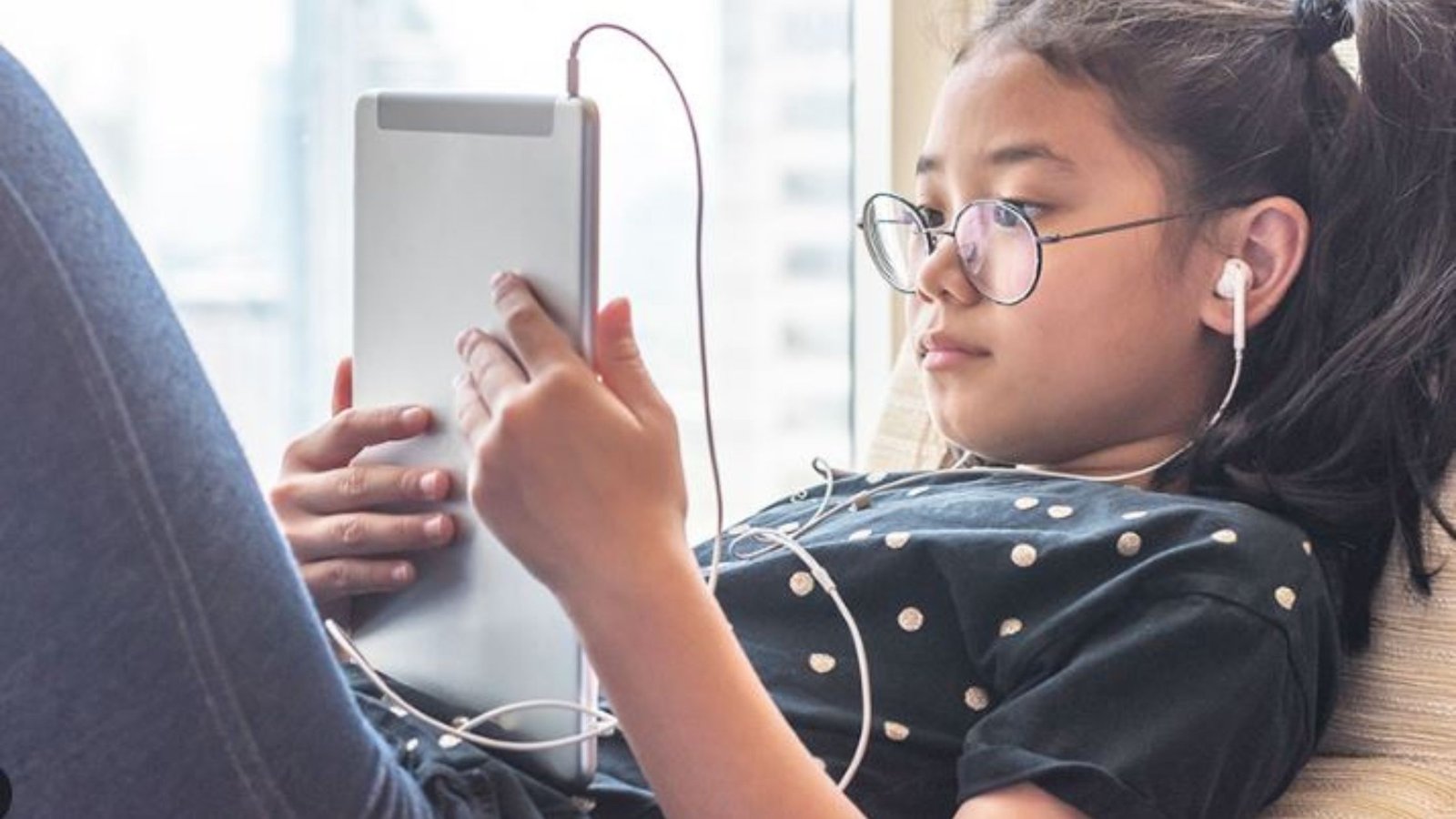Developing healthy screen time habits for kids is crucial for their overall well-being. In today’s digital age, screens are an integral part of daily life, but excessive screen time can lead to negative outcomes. Establishing balanced screen time habits helps ensure that children benefit from technology while avoiding potential pitfalls such as decreased physical activity, poor sleep, and impaired social skills. Parents can play a pivotal role in guiding their children towards healthier screen use.

1. Setting Clear Screen Time Limits
Developing healthy screen time habits for kids starts with setting clear limits. It is essential to establish specific time limits for daily screen use. For example, experts recommend that children aged 2 to 5 should have no more than one hour of screen time per day. Children aged 6 and older should have consistent limits on screen time to ensure they have ample time for physical activity, sleep, and other non-screen-based activities.
Creating a schedule that allocates time for homework, physical activities, and family interactions helps balance screen time with other important aspects of daily life. It is also beneficial to set screen-free zones in the home, such as during meals and before bedtime. By establishing and enforcing these limits, parents help their children develop a balanced approach to technology use.
2. Encouraging Active and Educational Content
Developing healthy technology time habits for kids also involves guiding them towards active and educational content. Encourage children to use technology for educational purposes, such as learning apps, interactive e-books, and online educational videos. Educational content can enhance learning and support school-related activities while ensuring that screen time is productive.
In addition to educational content, promoting interactive and active digital experiences can make screen time more engaging and beneficial. For instance, apps that involve physical movement or problem-solving encourage active participation rather than passive consumption. By focusing on quality content, parents can help children use screens in a way that supports their development.
3. Modeling Positive Screen Time Behavior
Developing healthy screen time habits for kids requires parents to model positive behavior. Children often mimic their parents’ habits, so demonstrating healthy screen use can significantly influence their behavior. Practice screen-free times, such as during family meals or while engaging in hobbies, to show that there are enjoyable activities outside of screens.
Discussing screen time openly with children and setting a good example reinforces the importance of balanced use. Encourage discussions about the benefits and limitations of technology and involve children in creating their screen time rules. By actively participating in the process, parents help children understand the need for balance and moderation.
4. Monitoring and Guiding Screen Use
Developing healthy screen time habits for kids includes monitoring and guiding their screen use. Utilize parental controls and screen time management tools available on many devices to track and limit screen use. Regularly review the content your child accesses and ensure it aligns with educational and developmental goals.
Engage with your children about their online activities and encourage them to share their experiences. Providing guidance on internet safety, appropriate content, and respectful online behavior helps create a safe and productive digital environment. By staying informed about their screen use, parents can better support their children’s healthy technology habits.
5. Balancing Screen Time with Physical Activity
Developing healthy screen time habits for kids involves ensuring that screen time does not replace physical activity. Encourage children to participate in regular physical activities, such as sports, outdoor play, or family walks. Physical activity is essential for maintaining overall health and well-being and should be a priority in a child’s daily routine.
Create opportunities for active play and integrate physical activities into daily life. For instance, plan weekend outings that involve outdoor activities or incorporate movement into screen-free family time. Balancing screen time with physical activity helps children stay active, healthy, and engaged in various aspects of life.
Conclusion
In conclusion, developing healthy screen time habits for kids is essential for promoting balanced and productive use of technology. Setting clear limits, encouraging educational content, modeling positive behavior, monitoring screen use, and balancing screen time with physical activity all contribute to healthier technology habits. By actively participating in and guiding their children’s screen use, parents help ensure that technology serves as a tool for learning and growth rather than a detriment to well-being.

